
Super Typhoon Fung-wong Slams Philippines: Live Updates
Super Typhoon Fung-wong, the 21st cyclone this year, hits Aurora province, Philippines, surpassing the annual average. Latest updates on impacts and response efforts.
News & Insights Across Asia

Super Typhoon Fung-wong, the 21st cyclone this year, hits Aurora province, Philippines, surpassing the annual average. Latest updates on impacts and response efforts.
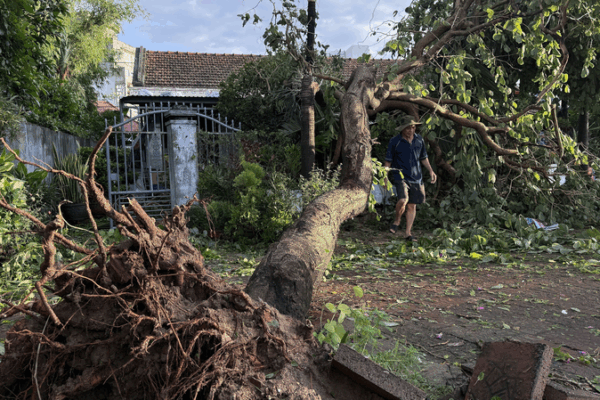
Typhoon Kalmaegi leaves 188 dead in the Philippines, causes destruction in central Vietnam. Agricultural losses exceed $169k, nationwide state of calamity declared.
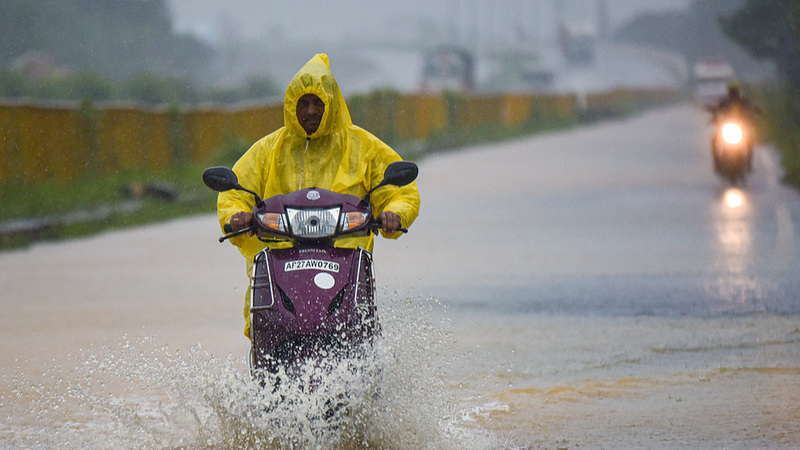
Cyclone Montha causes fatalities and widespread damage in eastern India, with rescue efforts ongoing and economic losses mounting.
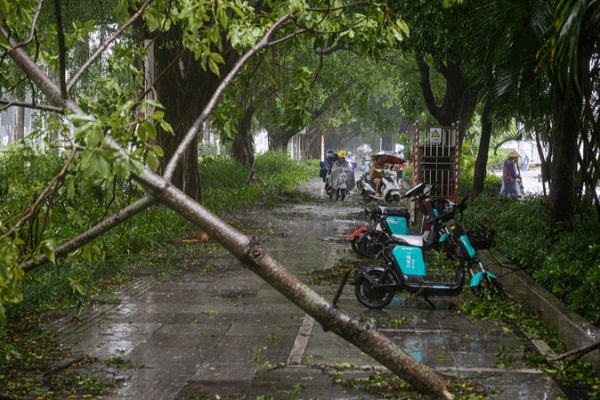
Typhoon Matmo weakens after hitting southern China’s Guangxi region, with recovery efforts focused on coastal cities. Latest updates on relief operations.
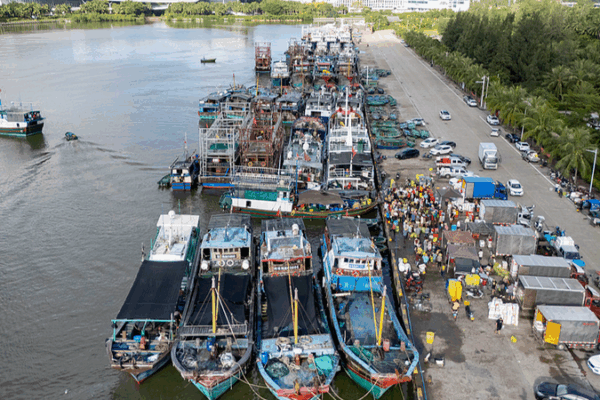
Southern China activates emergency protocols as Typhoon Matmo approaches, threatening holiday travel and coastal regions with severe winds and rainfall.
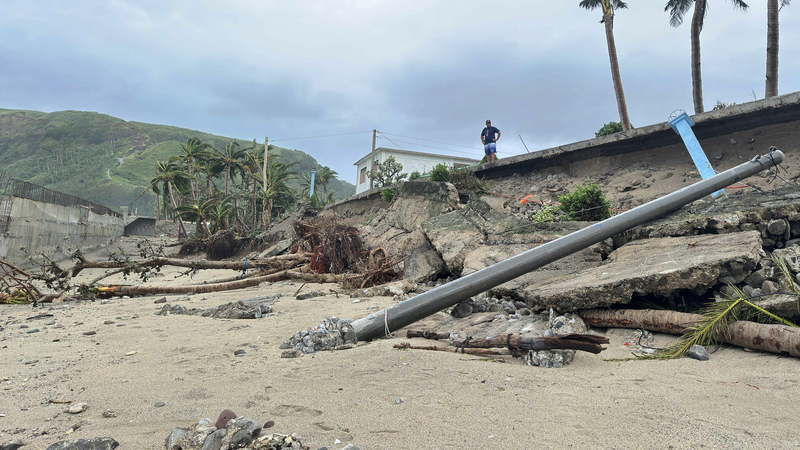
Super Typhoon Ragasa leaves 6 dead, triggers floods and landslides in northern Philippines as rescue operations continue for missing individuals.

Hainan province escalates emergency measures to the highest level as Typhoon Kajiki nears, urging residents and travelers to prepare for severe weather conditions.

China activates emergency protocols as Typhoon Kajiki approaches Hainan, with yellow alerts issued for heavy rainfall and potential coastal impact through Sunday.

China’s 2024 sanfu period ends as second-hottest on record, with heatwaves persisting in central and southern regions. Cities brace for 40°C temperatures amid health advisories.
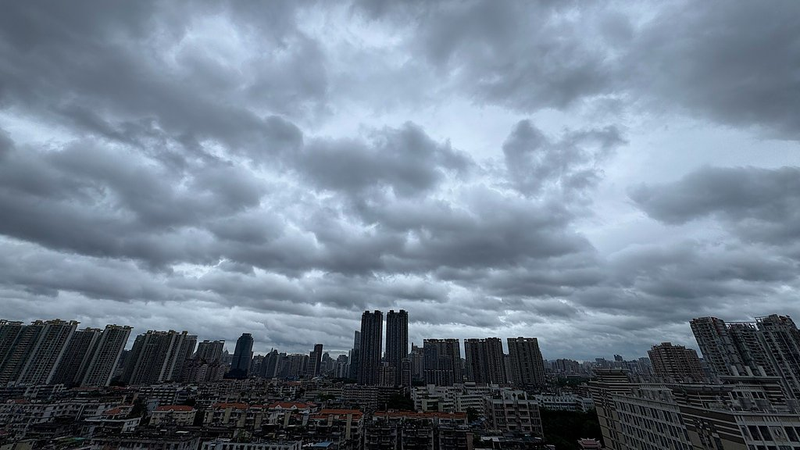
Fujian and Guangdong provinces escalate emergency measures as Typhoon Podul approaches, with heavy rains and strong winds forecasted across southeastern China.
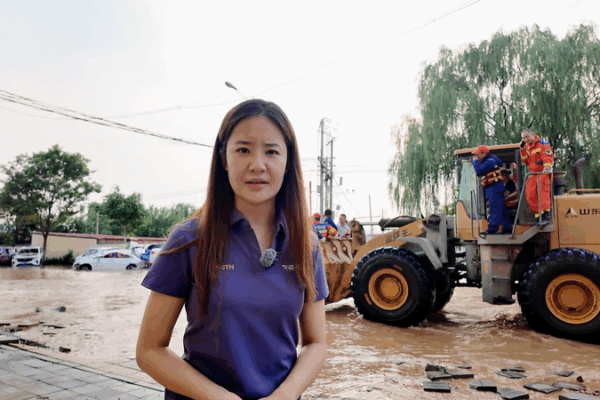
Heavy rainfall in Beijing’s suburbs prompts mass evacuations, highlighting climate challenges and emergency preparedness in the region.
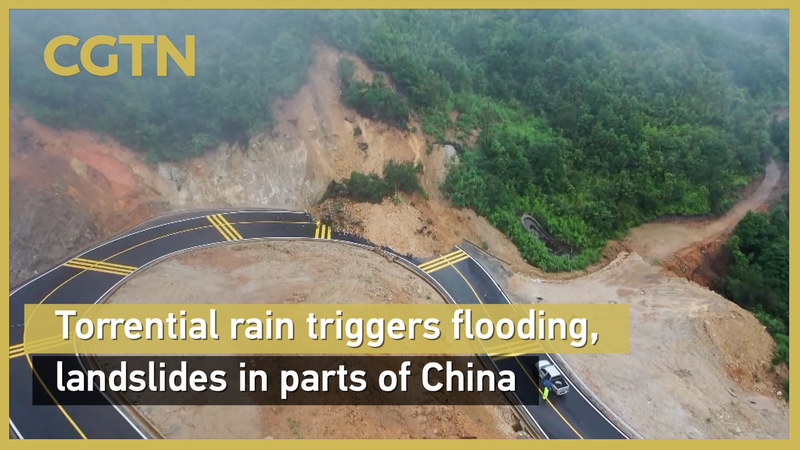
Typhoon Wipha causes severe flooding in Fujian and landslides in Guangxi, disrupting communities and challenging emergency response efforts.
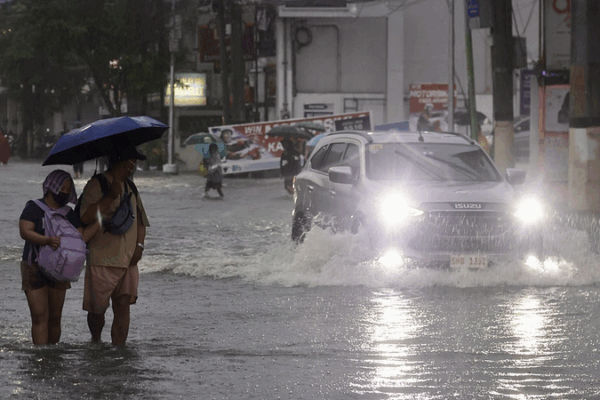
The Philippines faces severe flooding as monsoon rains intensify, prompting evacuations, work suspensions, and widespread disruptions. Authorities report significant damage and casualties.
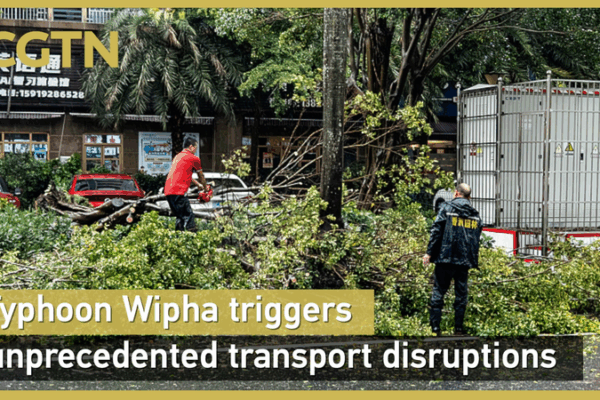
Typhoon Wipha causes major transport disruptions in southern China, prompting high alerts and emergency measures across Hainan, Guangdong, and Guangxi.
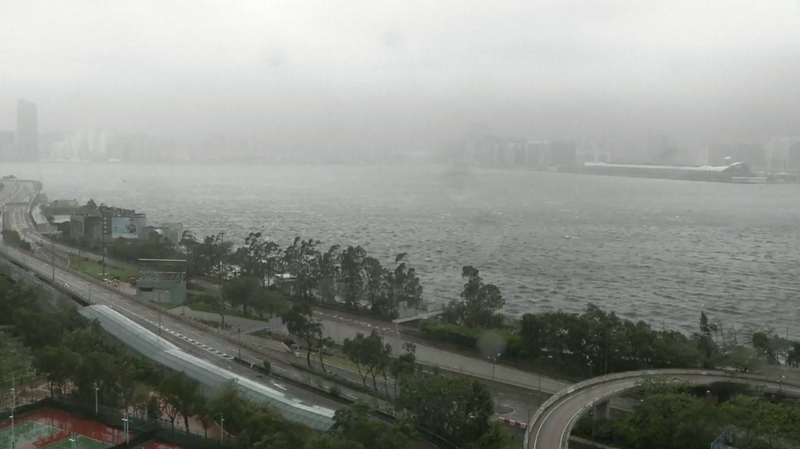
Hong Kong issues top typhoon warning as Typhoon Wipha approaches, triggering city-wide preparations and temporary closures of key infrastructure.

Central China’s Henan faces its hottest July since 1961, with extreme temperatures disrupting daily life and raising climate concerns. Authorities urge precautions.
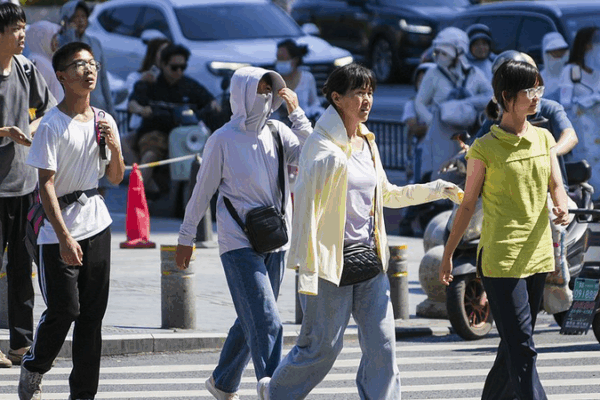
China faces record-breaking temperatures, prompting nationwide emergency cooling measures and revised work schedules as heatwaves intensify across multiple regions.

Chongqing and Chengdu issue high-temperature alerts as southwest China faces 40°C heatwave, impacting millions and testing urban infrastructure.

China activates Level-IV flood emergency response in Zhejiang and Fujian as Typhoon Danas approaches, bringing heavy rainfall and potential river overflows.

China initiates emergency protocols as Typhoon Danas nears coastal regions, issuing warnings and mobilizing resources to ensure public safety.